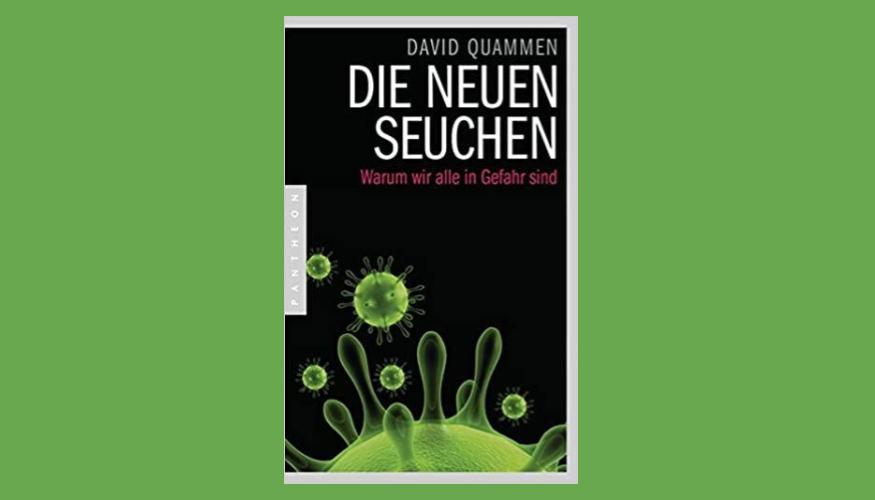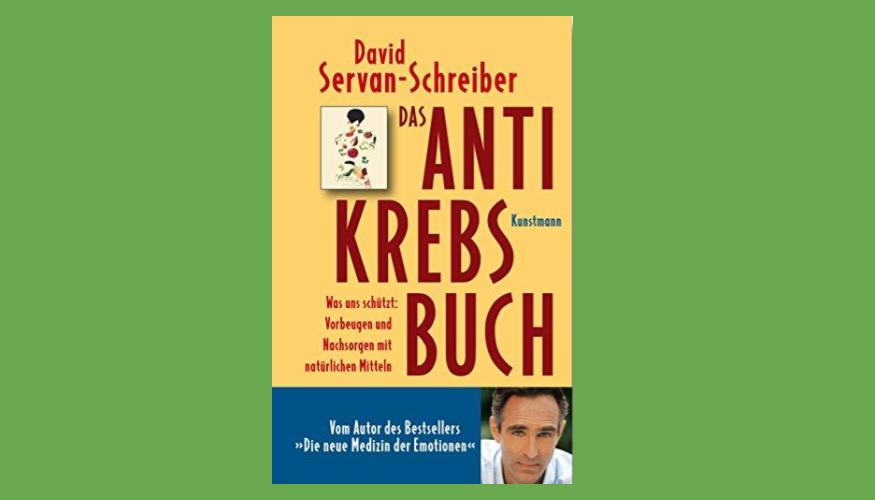The new epidemics – knowledge instead of fear
The relevance of this book, published in 2015, is striking. Without overdramatizing or fear-mongering, we take an objective scientific look at viruses, bacteria, and other pathogens. It is, unfortunately, scientific reality that the current pandemic will not be the last.
What most new epidemics have in common
What do viral diseases like AIDS, malaria, hepatitis, Ebola, SARS, and COVID-19 have in common ? They spread incredibly rapidly and can be life-threatening for certain at-risk groups. What these epidemics of our time have in common is called zoonosis. Zoonosis means that pathogens jump from animals to humans. Because these pathogens are foreign to the human organism, the body has no immune response. Although the disease courses vary depending on the strength of the body's immune system, they are dangerous to society for one reason: They are extremely contagious.
How does the pathogen get from animals to humans?
Essentially, both viruses and bacteria prefer a particular animal species on which they specialize. They are generally relatively unproblematic for the animal itself, because if a virus were to kill its host or even an entire population, it would be unable to spread further. Therefore, viruses constantly mutate to evade their hosts' ever-changing immune responses and ensure their own survival. In the case of BSE, the zoonosis occurred through the consumption of contaminated beef.
The smaller the more aggressive
We know of six types of pathogens that are transmitted through zoonosis:
- viruses
- bacteria
- Mushrooms
- Amoebas
- worms
- Prions
A virus survives only through its host. Once established, the virus begins to inject its genetic material and produce perfect copies of itself. The host cell's genetic material takes over this task by reading and replicating it. Viruses are released when the host cell dies, or they can be expelled by other means (e.g., through droplet infection).
The danger of a virus is determined by its genetic makeup
Based on their genetic makeup, two types of viruses can be distinguished: those that use DNA to replicate and those that use RNA. DNA (deoxyribonucleic acid) is capable of correcting errors through the enzyme polymerase. However, if the virus infects single-stranded RNA (ribonucleic acid), as is the case with HIV or coronavirus, mutations become possible.
Bacteria are different, but no less dangerous
Medicine has known about bacteria since the 17th century, and antibiotics and penicillin have been very successful in combating them. Since antibiotics are also used in veterinary medicine, factory farming has started to add antibiotics to feed as a preventative measure. Since bacteria are constantly mutating, there are a correspondingly large number of different antibiotics. Since it would be too much work to test individual animals for bacterial contamination, they are simply fed all of the antibiotics. This way the medication ends up in the food chain of meat eaters and, of course, in the wastewater. As a result, a large proportion of people who are not vegan or vegetarian are already immune to many antibiotics. The only conclusive answer that everyone can give themselves seems to be clear: veganism .
HIV – a retrovirus from the ape kingdom
The retrovirus HIV is believed to have been transmitted from monkeys to humans. A retrovirus converts its RNA genome into DNA once it has entered the host cell. The immune system is directly damaged, thus triggering AIDS (Acquired Immune Deficiency Syndrome). Spillover, or transmission from animals to humans, is thought to have occurred around 1908 in Cameroon, where the disease remained largely isolated. This changed when a French doctor began vaccinating people against sleeping sickness. His non-sterile and repeatedly used syringes infected countless people.
Ebola – the virus from the mission
Ebola is thought to have been transmitted from bats to monkeys. Ebola first appeared in 1976 in a Catholic mission near the Ebola River in Congo. It killed over 100 people before it could be contained. However, the virus managed to survive in other species (presumably chimpanzees), which is why Ebola keeps resurfacing. Chimpanzees are thought to be merely amplifier hosts, while bats are considered virus carriers.
Malaria – parasites from the animal kingdom
Malaria is also believed to have originally been transmitted from gorillas to humans. The pathogens are single-celled parasites called Plasmodium, of which Plasmodium falciparum is considered the most aggressive. Malaria is transmitted by the Anopheles mosquito, which serves as a vector for the parasite, meaning it transmits the disease without itself becoming ill.
Corona - the SARS virus and its mutations
The virus currently holding the world in suspense has also been known for a long time. The virus, whose anatomy resembles a crown, broke out under the name SARS in 2003. A coughing passenger on a flight between Hong Kong and Beijing infected other passengers, who then spread the virus in Beijing. Because the SARS coronavirus did not cause serious illness, investigating its origin became difficult. The Asian civet was suspected and was almost wiped out. Only when this measure proved ineffective was it realized that the civet was merely a booster host, while the virus originated in wild bats. This same suspicion also applies to the COVID-19 coronavirus.
Virulent - the danger of viruses lies in their easy transmissibility
A clear distinction must be made between the terms "virulence" and "transmissibility." Transmissibility refers to the ability of a virus to spread rapidly from host to host. While malaria travels via vectors, the sensitive HIV virus, for example, relies on sexual transmission, while the more robust coronavirus is transmitted through the air.
Virulence refers to the ability of a virus to inflict rapid and severe damage on its host. The more virulent, the more deadly. However, it is not in the nature of a virus to kill its host, as doing so would jeopardize its own survival. The success of a virus therefore lies in the balance between transmissibility and virulence.
The fight against pathogens continues
While SARS was brought under control, the COVID-19 pandemic is sweeping the globe. But what can we humans learn from the patterns described above? The simplest precaution is veganism . Living a vegetarian or vegan lifestyle and thus avoiding potentially contaminated meat can help prevent disease outbreaks in the first place. Increasing population growth and the resulting gap between hunger and overnutrition leads to an increased incidence of disease.
Living close together - pandemic paradise
The more people live together in close quarters, the easier it is for pathogens to be transmitted. This also applies, of course, to farm animals, who eke out their miserable existence in the vast stables of factory farming, providing an ideal breeding ground for pathogens. The meat industry combats this with antibiotics, which unfortunately subsequently make humans immune to the drugs and eliminate their effectiveness. Humans themselves are responsible for spreading the disease around the globe by exporting meat, along with all the problems it contains, to all corners of the earth. Global tourism and global business activities also transport infected people crisscrossing the planet – a veritable paradise for pandemics.
Conclusion
What can we do to protect ourselves? In addition to standard hygiene and protective measures, it would be helpful to rethink our lifestyle. Do we really need to travel to the farthest corners of the world just because it's possible?
Meat consumption needs to be seriously questioned and reconsidered, especially in light of factory farming and zoonosis. A plant-based diet based on regional and seasonal freshness not only strengthens the immune system but also supports local agriculture. The more we produce ourselves, the less exposed we are to the risk of imported diseases. Healthy eating saves lives.
You can find more tips and smart advice for healthy eating
in the book " The New Plagues " by David Quammen
You can order it here on Amazon.






















